How to Infuse Your Compositions with a Dose of Minimalism?
Minimalism can be quite subjective. According to the Webster dictionary, it refers to a technique or a style characterized by extreme simplicity and sparseness.
Many photographers love it, some hate it, but I think it’s fair to say that no one can claim to be indifferent about it. Minimalist photography is a concept of stripping down a photo to its fundamental characteristics.
This article will discuss some of the best tips & tricks to infuse your composition with just the right dose of minimalism.
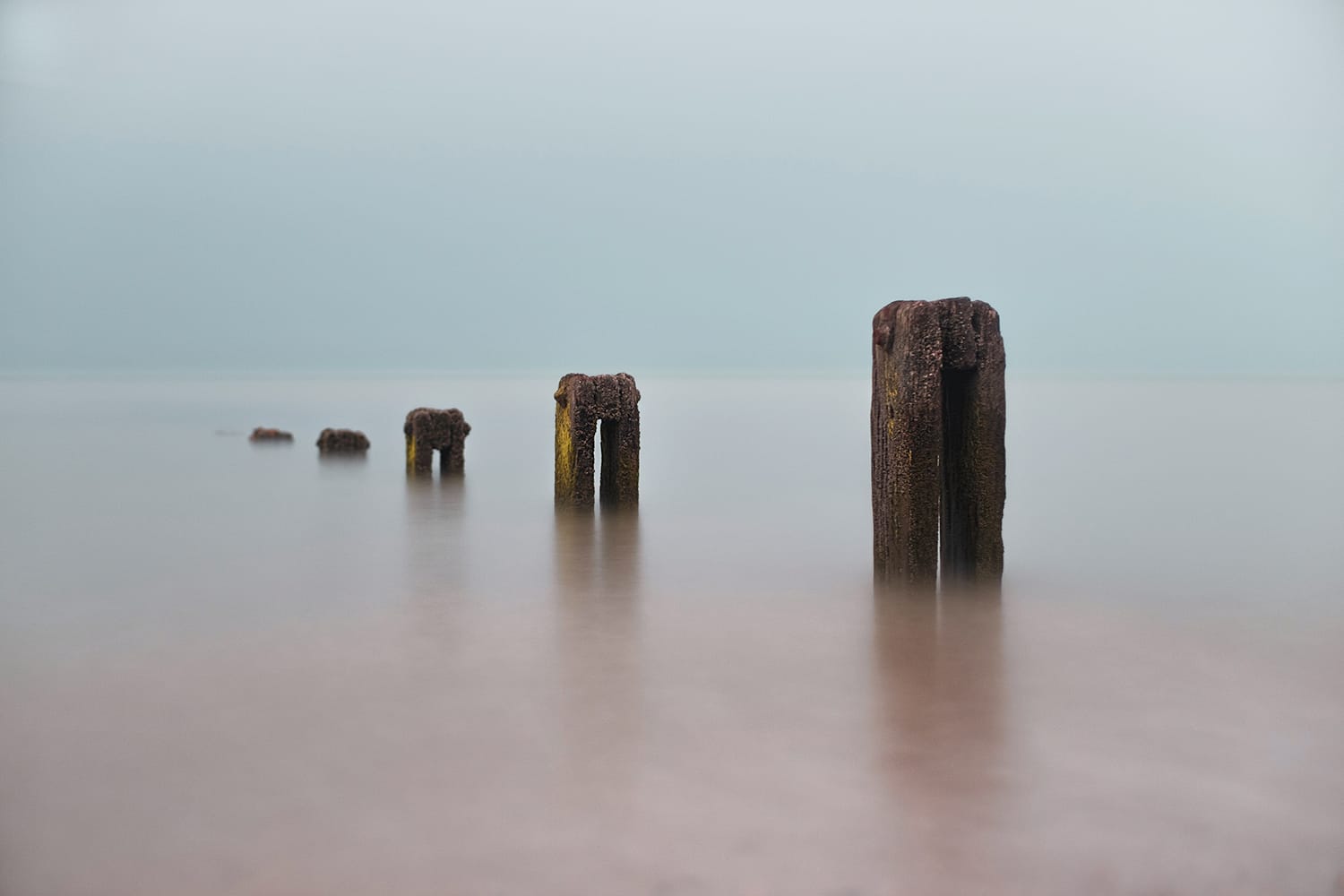
Understanding the Concept
The minimalist movement originated in the 1950s when artists started focusing on minimalism in art.
Minimalist photography draws inspiration from the same concepts and inspires photographers to include a minimal number of compositional components in a single photo.
Not only does it provide a unique visual appeal, but it can also provoke an emotional and powerful response.
Like other photography styles, it comes with its own set of challenges, such as eliminating everything from a photo but necessary composition elements.
In other words, you have to focus on a minimal number of elements and objects while creating any composition. It allows you to observe the world from an entirely different perspective by revealing the hidden opportunities beyond the obvious photography techniques and clichés.
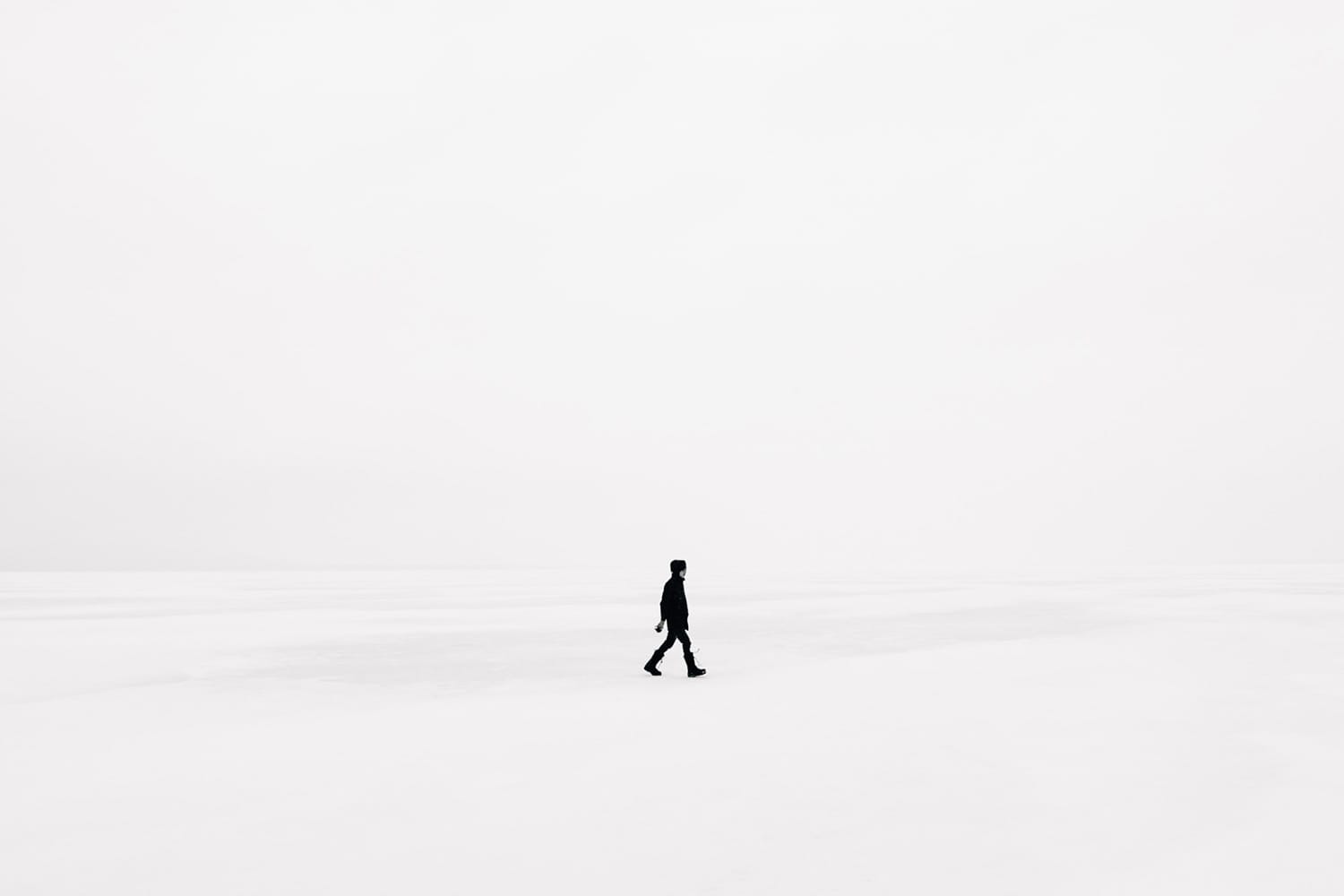
Keep the Composition Simple
The most basic thing to keep in mind to achieve minimalism in your photography is to keep everything simple, but it certainly doesn’t mean to keep it boring.
Minimalist photography is all about creativity. You have to work with both negative and positive space carefully.
Positive space refers to the portion of your photo with the main area of interest that the subject occupies. It doesn’t have to be the largest portion to create a big impact. Instead, adding more breathing room or negative space around the main subject can help create a minimalist effect.
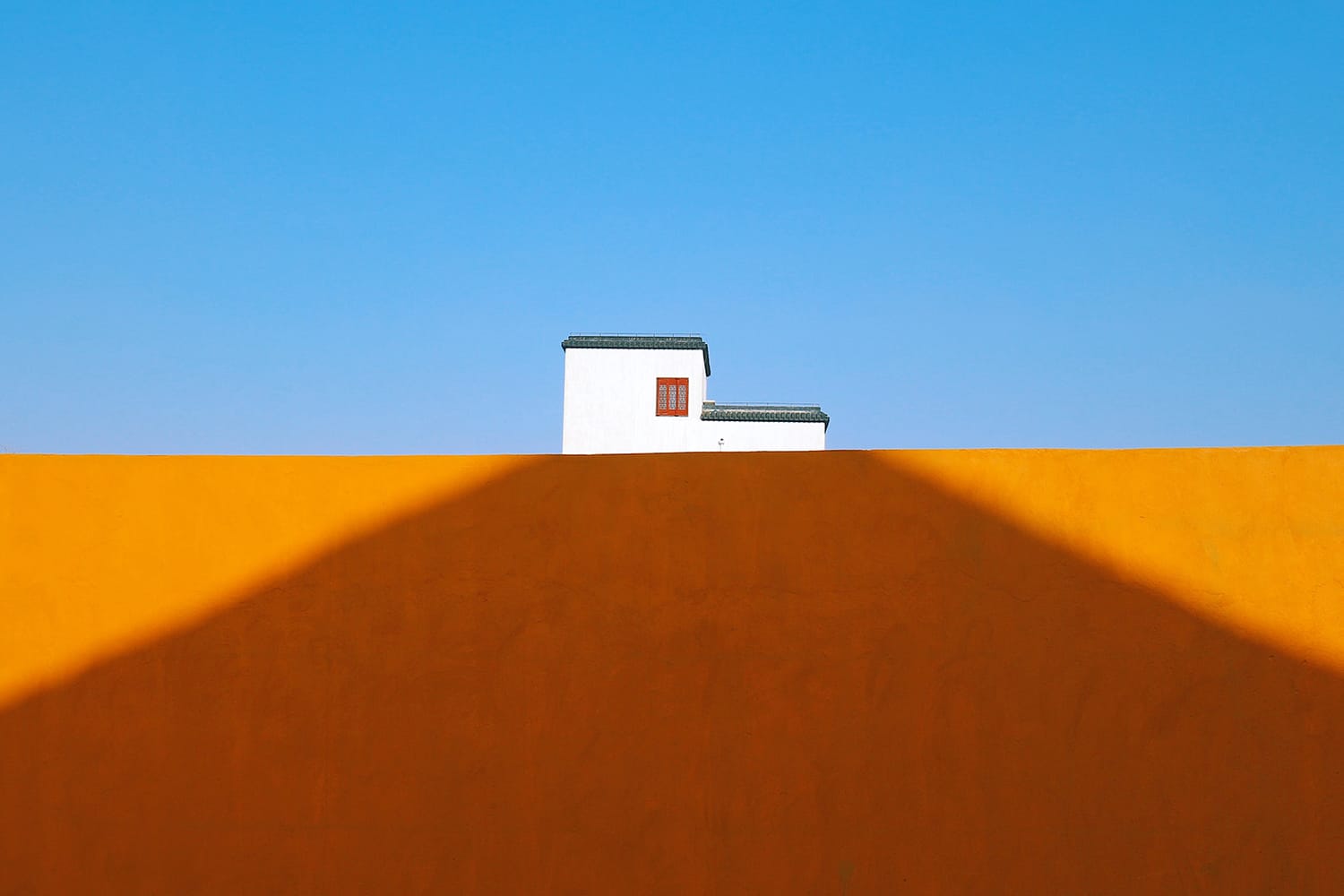
Using Colors and Textures
The use of textures and colors is an evident and useful technique when it comes to capturing simple and attractive photos. Using bright or contrasting colors and textures allow you to create some great compositions.
Sometimes all it takes is finding a creative angle, texture, or contrasting colors.
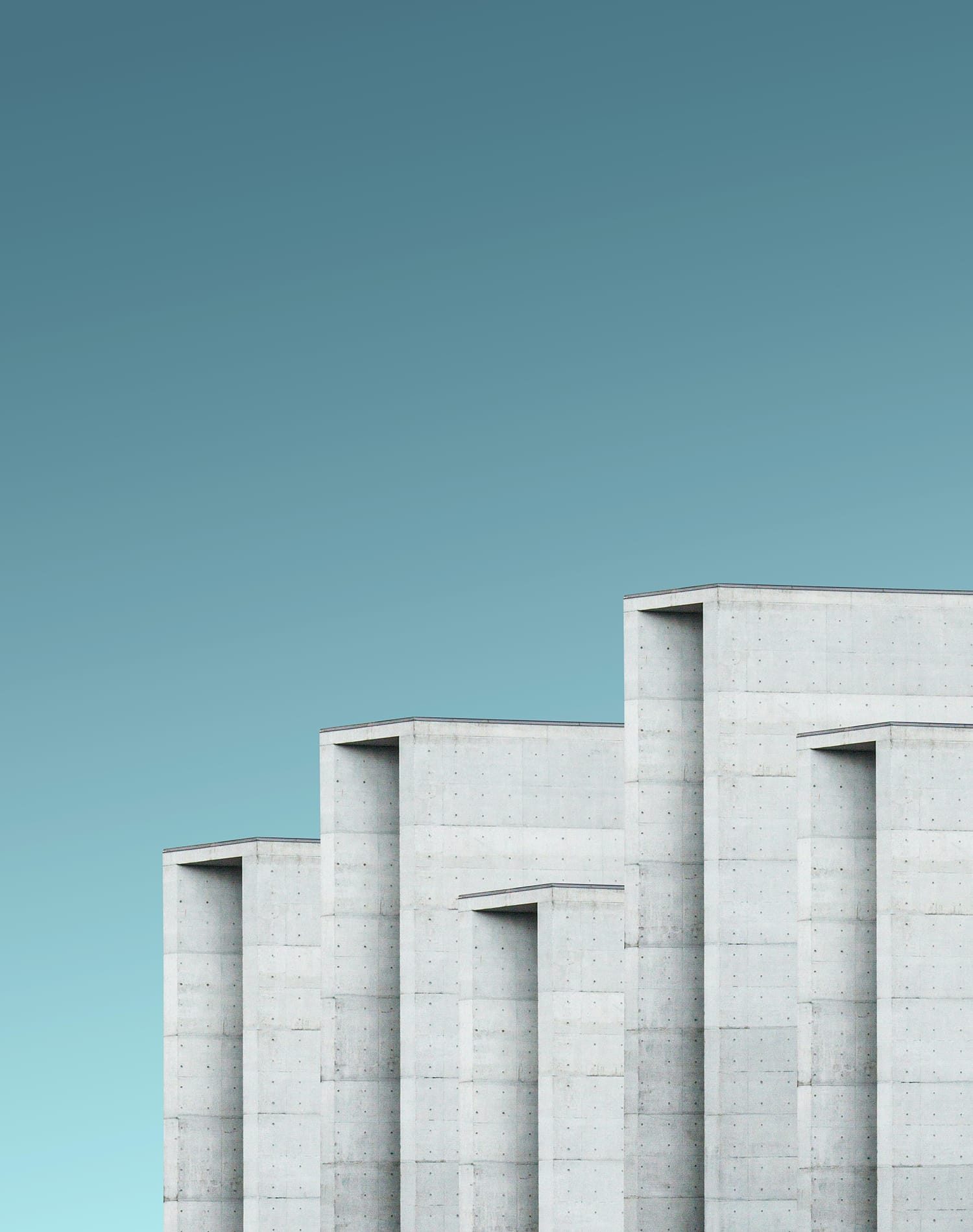
Geometric and Linear Patterns
Using geometric patterns and strong lines is yet another effective way to get started with minimalist photography.
You can look around and observe modern architecture that offers leading lines and different types of interesting geometric shapes. Those shapes and patterns can become the main point of interest in your composition.
Black and White
Removing all the distractions from your photo, even colors, can create some great minimalist images. However, removing color from your images doesn’t automatically mean it will be minimalistic.
Black and white photography can be even more complex. You also have to work with the rest of minimalist photography concepts, such as lighting, positive and negative space, composition, patterns, and more.
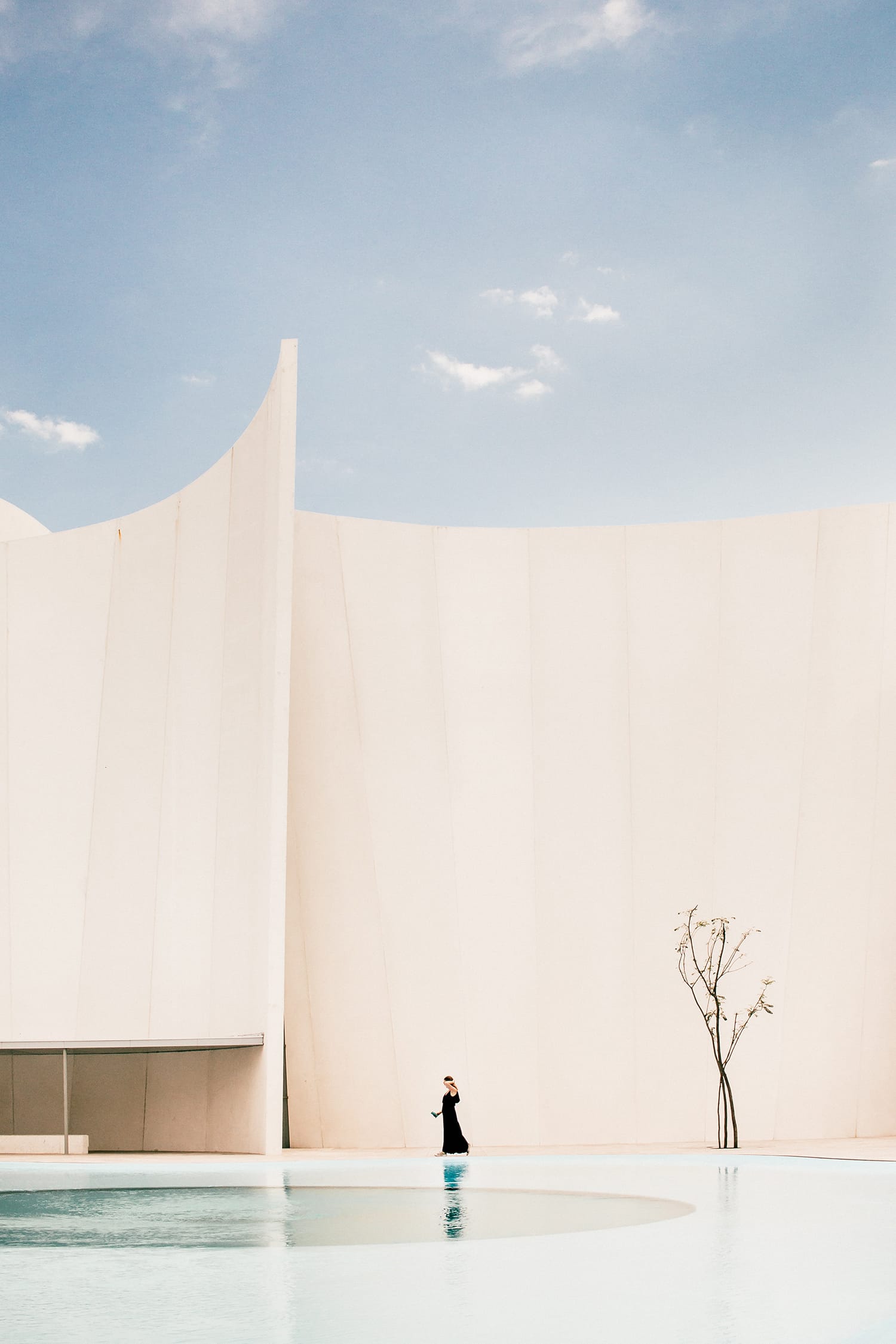
Tell a Story
Creating a strong minimalist photograph can be as quick and easy as incorporating simple lines and having a minimal number of elements in the frame… but the most important thing is always to tell a story.
Incorporating movement, people, and interesting lighting are great ways to capture photos that tell a complete story. In minimalism, a single image should sum up a whole event with as few elements as possible.

Conclusion
Just like most photography styles, the key is to keep practicing. You will eventually learn to leave your viewers with only the subject matter that you want them to see.
